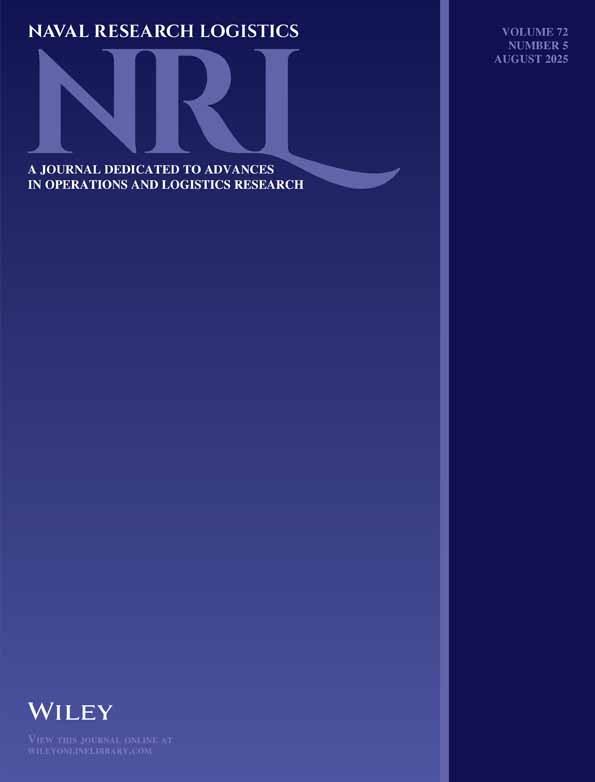Manufacturer Encroachment With Three Flows
ABSTRACT
The coordination of material, informational, and financial flows is essential to enterprise operations; however, its influence on manufacturer encroachment has received limited attention in the literature. Existing studies on encroachment under information asymmetry often neglect two critical factors: the manufacturer's capital constraint and the retailer's willingness to sustain a merchandising partnership post-encroachment. To address this gap, we develop a game-theoretic model featuring an entrant manufacturer advantaged in material resources and an incumbent retailer advantaged in capital and information. We examine whether the manufacturer facing financial and informational constraints should enter the downstream market and how to facilitate material-flow (MC), informational (IC), and financial cooperation (FC) with the exclusive retailer. Contrary to conventional wisdom, which assumes persistent MC, our analysis reveals that the retailer may strategically terminate MC to preserve IC and FC. Encroachment profitability depends on a trade-off between demand expansion (driven by competition and informational effects) and financing burden. The retailer, in turn, can counteract encroachment by leveraging financial and material tools. Although IC alone cannot offset the retailer's losses due to encroachment, its interaction with FC generates a positive synergy effect. In contrast, its interaction with MC produces a negative dysergy effect. Notably, the former effect dominates under moderate channel competition. These findings redefine encroachment as a three-flow optimization problem, providing managers with actionable strategies to align channel expansion with financial and informational mechanisms.




